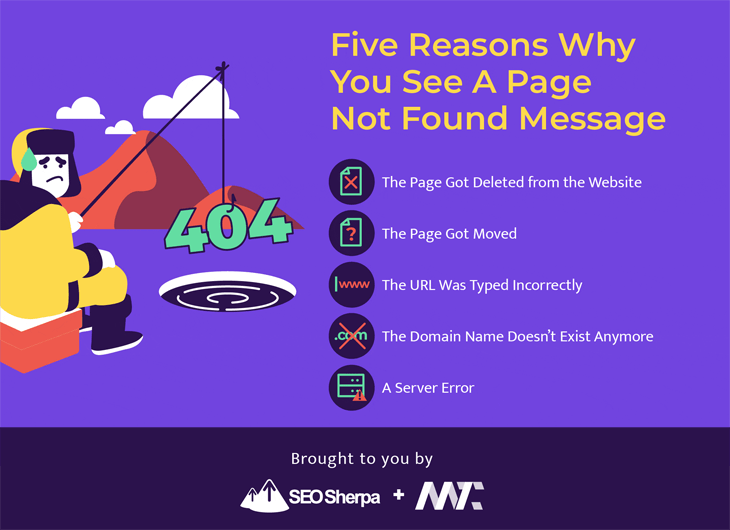

If a user visits a web page and finds the information missing, Google will mark it as a soft 404 error page. Hard 404 or “not found page” occurs when there are broken or incorrect links or links that redirect the visitors to pages that do not exist now.Ģ. There are high chances that such pages will come back.Ģ. Soft 404 Error pages return a 200 Ok status response.
#404 error happens when code
Hard 404 Error is a standard HTTP response code that tells the search engine that a specific page is unavailable or missing and will not come back.ġ. Let’s understand the main differences between the two.ġ. People often get confused between Soft 404 Error and Hard 404 Error. If you have moved the page to a different location, you must return a 301 response code to redirect the users to the new site permanently. If your page got incorrectly flagged for Soft 404 Error, go to the Google Search Console and use the URL Inspection Tool to evaluate the rendered page content and check the returned HTTP code.Ĥ. So, in case you were not selling a specific product and removed it from your site, make sure that such invalid pages must return a 404 (not found) or 410 (gone) response code.ģ. It is a terrible practice while maintaining a site because users will have to go through these invalid pages. Make sure that the unavailable or permanently deleted pages return a 404 Error response code, or else Google will keep crawling these junk pages and show them on its search results. For example, the listing of all the products, their images and pricing can be on the same page as the users do not need a separate page to display every product.Ģ. Make adjustments to these errors on your website by adding more content or removing duplicate pages by consolidating information. Well, in that case, there are four ways to repair them.ġ. However, at the same time, it conveys to the search engine that the page exists. Thus, you get a message “ submitted URL seems to be a soft 404” from Google Search Console. In conclusion, a Soft 404 tells your website visitors that a specific page does not exist. So, in these cases, Google goes through your website and thinks that the thin content and duplicate pages have little to no value for users.

Moreover, you have hundreds of such URLs with little information (image and price). Suppose you have launched a new website for your clothing brand, and when the user visits your website’s product page, he clicks on an item’s link and is taken to another URL containing a product’s image and pricing. Let’s see an example to understand Soft 404 Error. Instead, these errors are related to the quality of a web page. Most importantly, these errors don’t necessarily occur due to the non-existence of a page. Furthermore, the browser returns a 200 OK STATUS.

Therefore, in such a scenario, Google reads that page’s content within its index and consider it as Soft 404 Error. Suppose, the crawler crawls a specific web page that has thin content ( very little information), or there is a duplication of URLs (pages). It is a label given back from a search engine such as Google or Bing that the page exists but has several issues that the site owner must repair. Unlike Hard 404 Error, which returns a response code to the search engine that a specific page or content does not exist or “not found”, Soft 404, on the other hand, is not a response code.
#404 error happens when how to
However, new site owners may find it challenging to understand what these errors are and how to repair them? Moreover, what exactly is the difference between Hard 404 and Soft 404 Errors? Let’s read on to find out. Website owners have often come across Hard 404 and Soft 404 errors during their site maintenance.


 0 kommentar(er)
0 kommentar(er)
